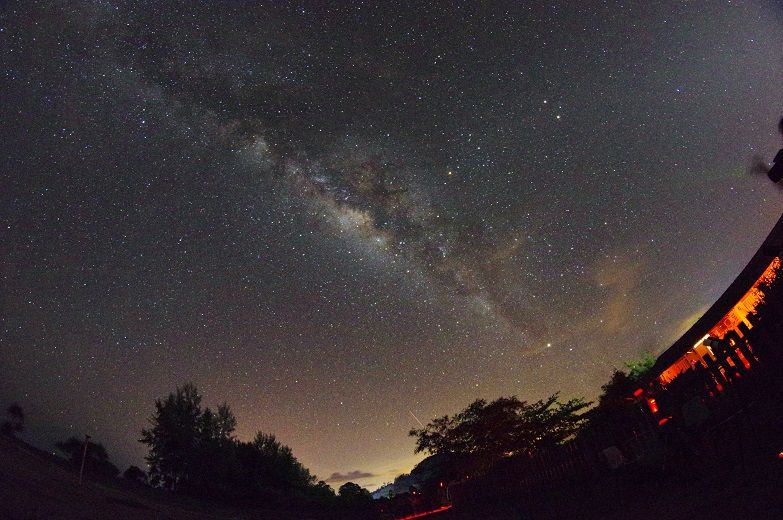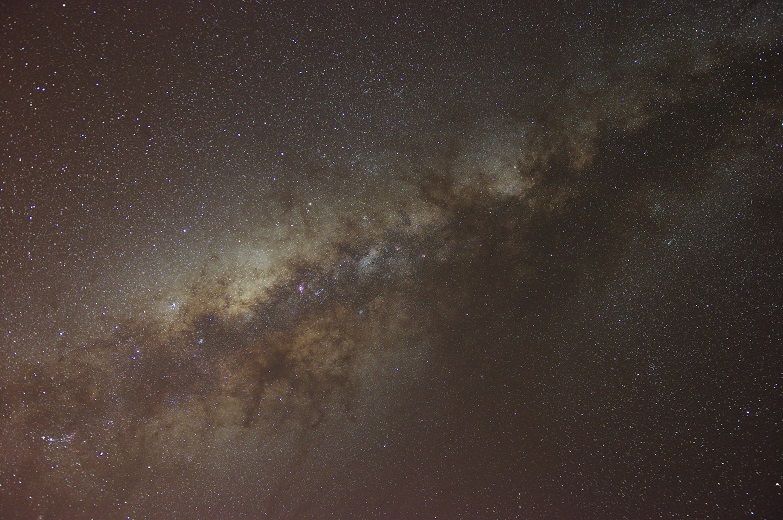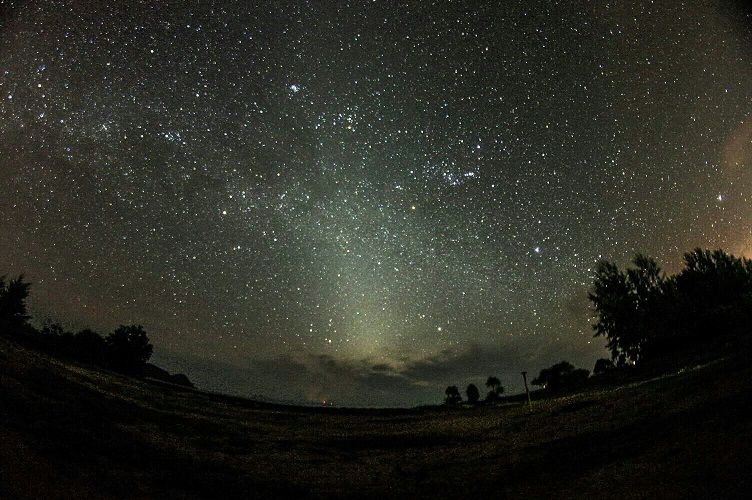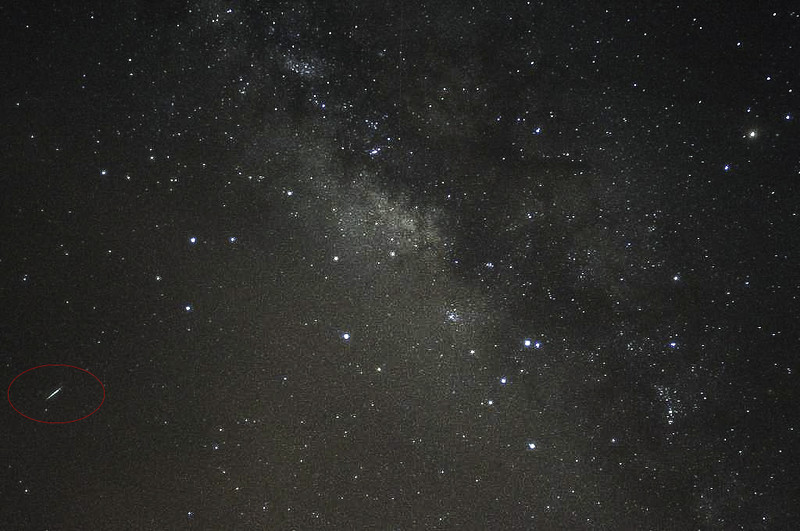27 people in total made the trip up to Sri Kandi resorts, Mersing. If I remember correctly , here is a rough breakdown of the equipment that went up (pardon me if i made any mistakes)
The Deep Sky Imagers:
-Astrophysics 5" Starfire Gran Turismo on Paramount MX
-OPT 8" imaging newtonian on iOptron ZEQ 25
-Takahashi 76mm Fluorite APO and AT6RC on Losmandy G8
-TMB 4" refractor on Losmandy G11
-Astrotech 65mm on iOptron ZEQ 25
-Stellarvue/LOMO objective 80mm triplet on AP Mach 1 GTO
-Stellarvue 90mm Raptor on Vixen SXW
The Visuals and eye-powered :
-Meade Lightbridge 12" Truss Dobsonian
-Reise 10" Dobsonian
-Celestron 6" SCT with Zeiss binoviewer
-Astrotech 80mm triplet refractor
-Zingaro 6" newtonian
-The Oreo (aka finder-binos) made of twin Stellarvue RACI 50mm finderscopes with option to change eyepieces.
A guest from Japan came to join us this trip, Mr Kasai from Kasai Trading Co. Japan =)
Highlights :
The first night started off abit cloudy but the sky slowly cleared up close to midnight . Mr Kasai showed some very interesting objects thru his 10” dob , including Veil nebula , North American nebula (gulf of mexico portion) and the very dim Cresent nebula. I have no idea Ngc6888 can be a visual object!
Starfinder also tracked down Comet Jacques (C/2014 E2) in the Cassopeia region at the 5th star of the “M” asterism. It was a joy to see a comet thru a scope after so many years for me! Later on he also showed 47 Tucanae in Thomas's dob….beautiful!
The night was also peppered with many meteors, some sporadic but quite a few from the closing phase of the Perseids meteor shower. There was a few that even left a burning/smoking/glowing trail after the meteor has disintegrated.
Second night was awe-inspiring. From the moment the sun went down, the sky was clear and it remained clear all the way till pre-dawn, stars were non-hazy and the sky was at a level of transparency seldom seen. I was happily starhopping from objects to starfields, testing the visual limits of my humble newtonian. Collectively through the 12" dob , we savoured the views of:
-Omega Cent. (early evening , it sets quite soon after)
-M104 Sombrero galaxy
-M8 Lagoon
-M22 globular
-M55 globular
-M13 globular in Hercules (the lonely north globular)
-M17 Swan (someone commenting looking through the dob that he can finally understand why it is called the Swan, forgot who)
-Ngc 6522+6528 (two faint globulars in same FOV with 20mm ep – a first visual target for me!)
-Ngc 6397 , nice Ara globular
-M57 Ring nebula and the nearby M56
-Ngc 253 galaxy in Sculptor
-M31 plus its 2 satellite galaxies M32 and M110
-Ngc 7789 open cluster , “Rose” cluster. It is curious that this cluster has dark bands and swirls cutting into the cluster, hence the name.
-M78 reflection nebula in Orion (finally this hard target for me can be crossed off my personal list). It is still pretty faint in a 12”. Looks like a faint nebula with 2 stars superimposed on it.
-NGC 2169 “37 cluster”,
-M42 (stunning , simply stunning with UHC filter)
-M41 open cluster
- Winter Albireo, a binary star in Canis Major with 2 nice contrasty colours
- M79 globular in Lepus (another lonely globular) the last object seen as sky was slowing brightening
Also the Oreo offered a depth of sweeping views of the Sagi arm and Cygnus arm of the Milky way. Someone (again I forgot who) commented that looking at star fields with the finder-bino are like looking at real, 3D textbook-like views of the skies!
I was super tired at around 445am (Sunday predawn) and was succumbing to the call of the mattress when starfinder pointed out this interesting whitish glow of light in the eastern horizon that goes up vertically and cuts into Taurus. Towards the top the glow leans abit to the right and if looking at Orion constellation, the glow is not present. Greatredspot remarked that the stark black white contrast between the background of Orion and the glow was very definitive. Turns out that this is the very rare phenomenon known as Zodiacal light/Gegenschein/False dawn. Thomas, Gavin and Yingtian all took very nice wide field pics of the zodiacal light.
And oh yes..we saw such a thin sliver of the waning moon that i think its the thinnest cresent i have ever seen. Also we tried many times using Mystiq's H-beta filter combined with the 12-inch to look for Horsehead nebula but in vain....
Here are some pics from my camera to share :



A last shoutout to the organiser and the fun times we had , this trip is one worth cherishing !
Regards,
Junwei






![good-job [smilie=good-job.gif]](./images/smilies/good-job.gif)
